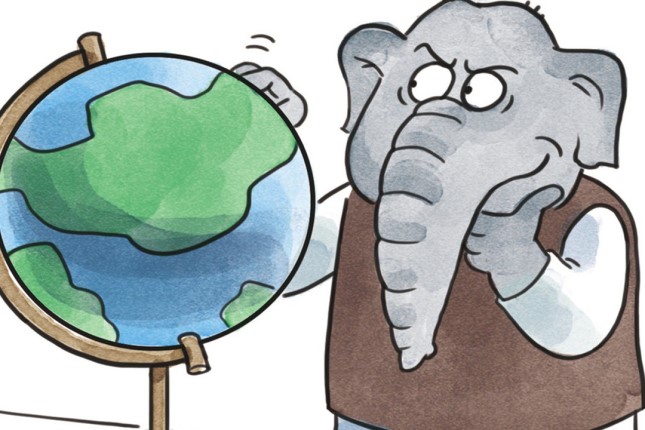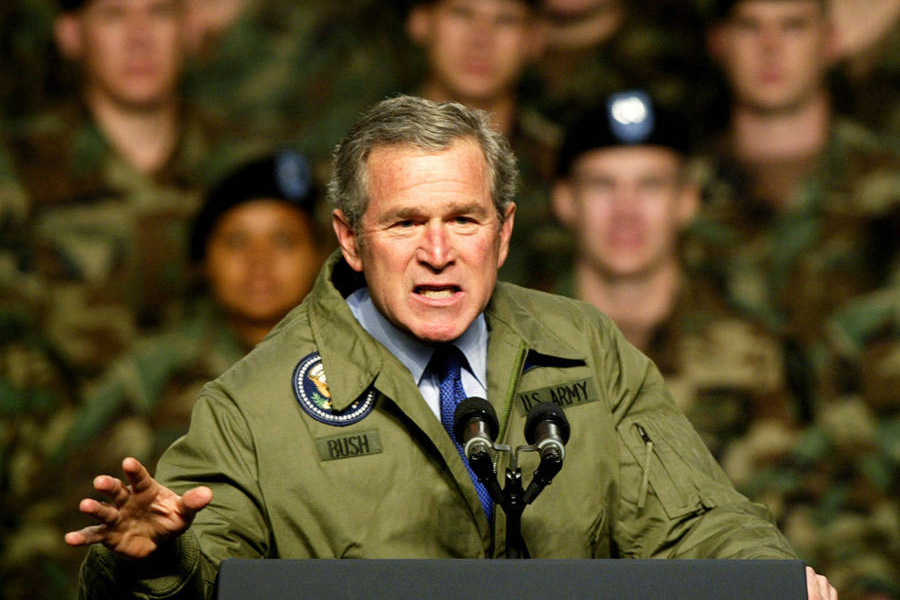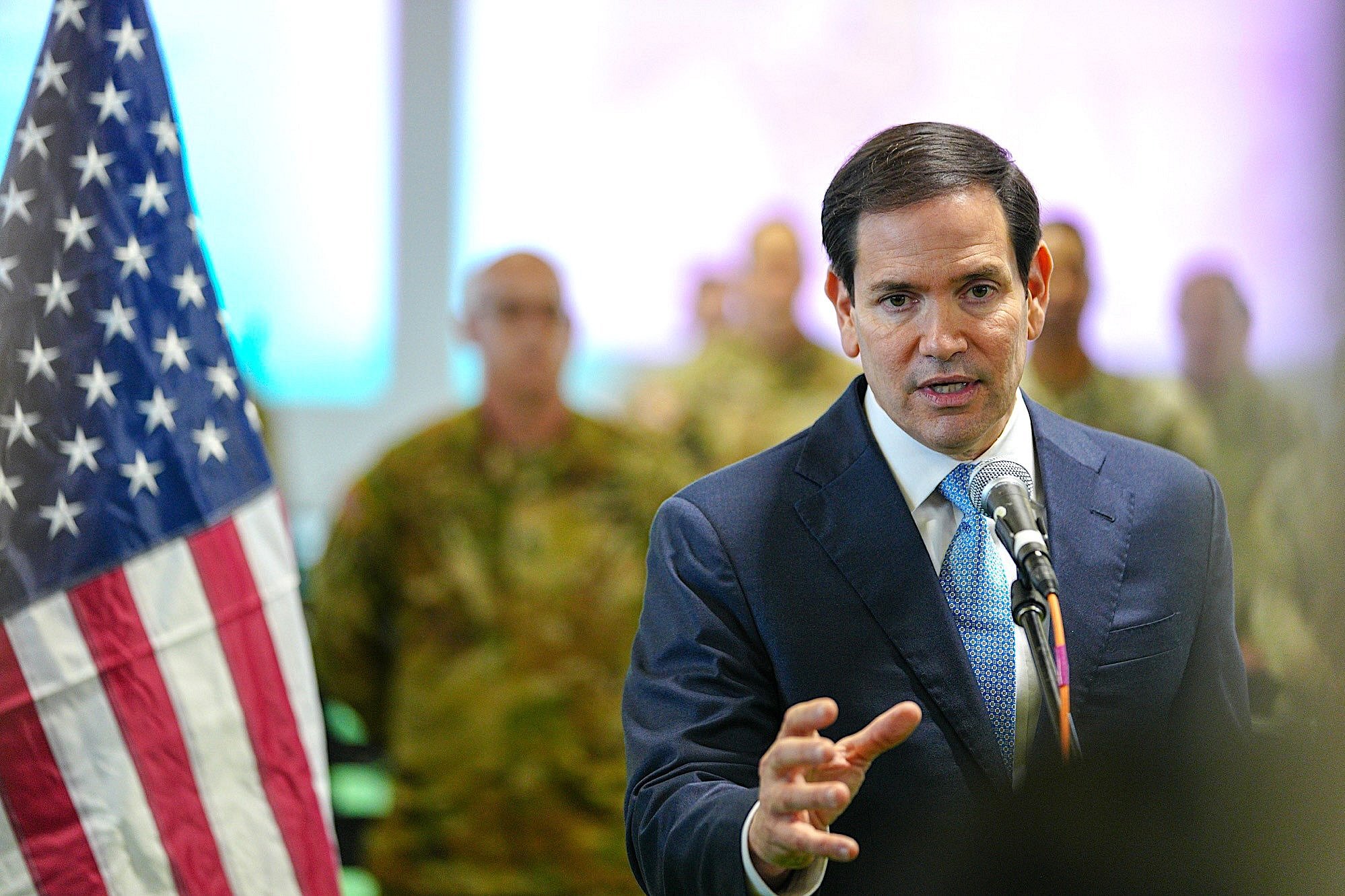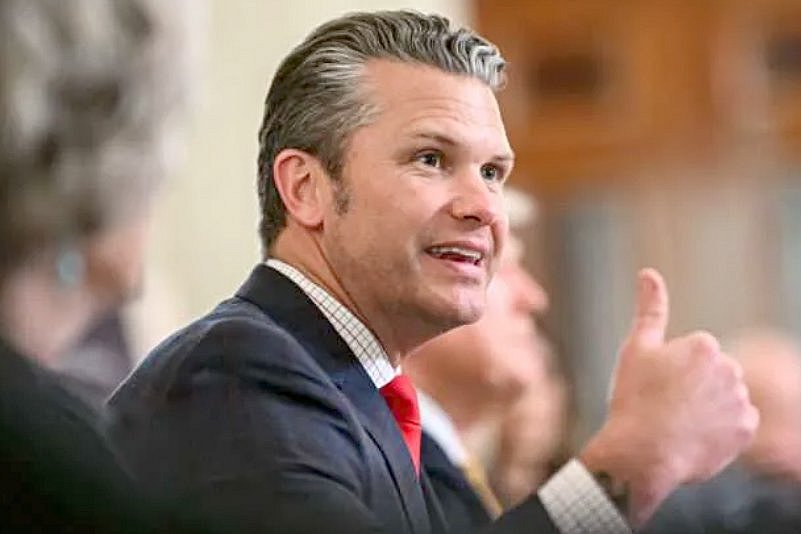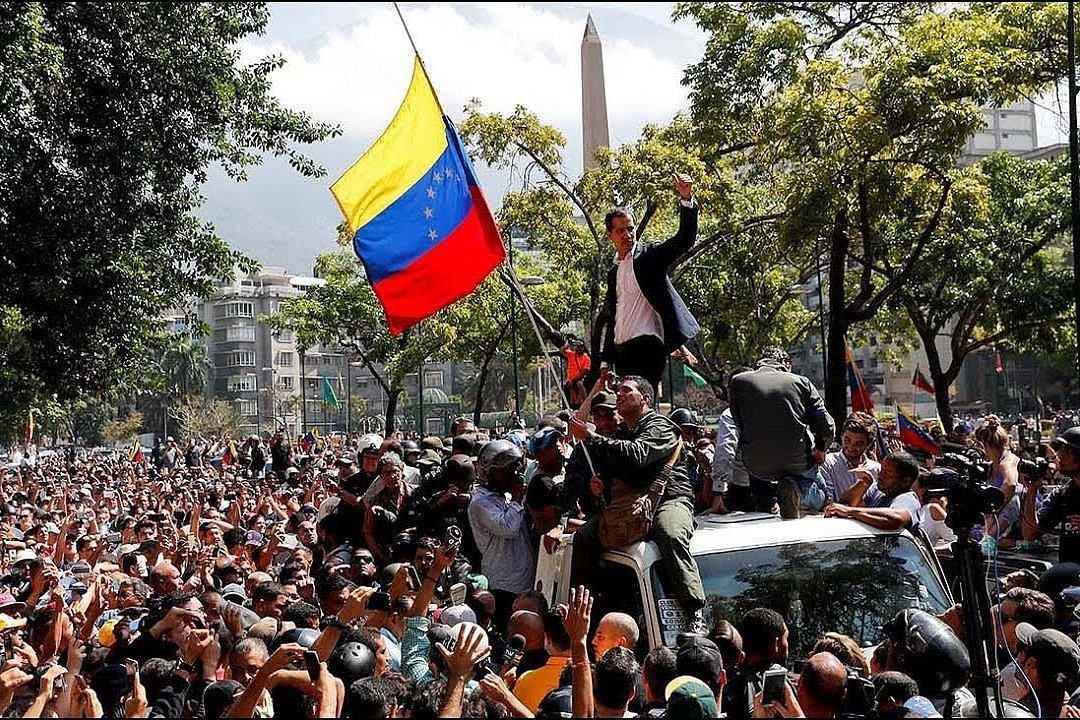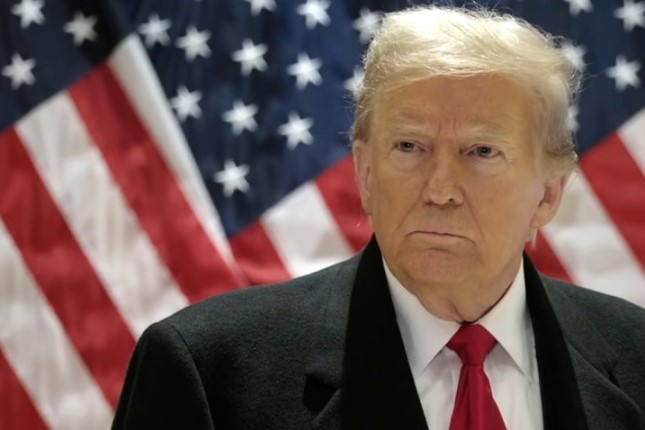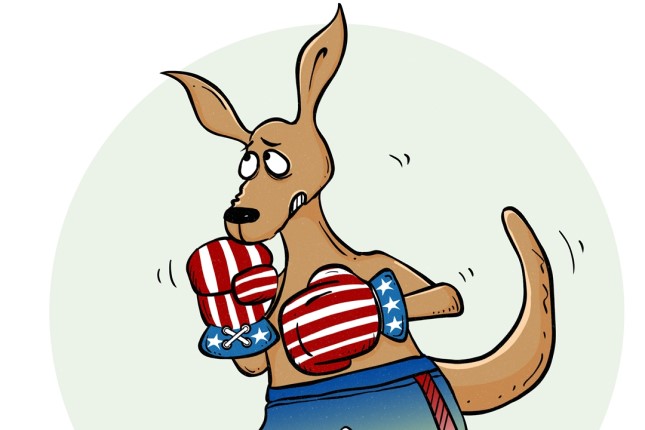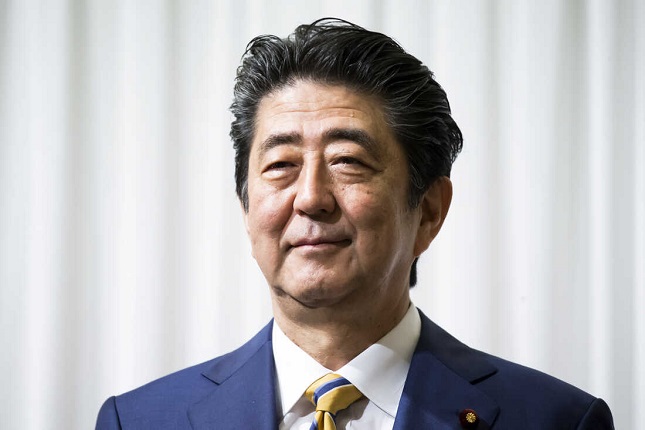He has been visiting the US quite often since he became prime minister in 2014, but this is the first state visit by an Indian prime minister since November, 2009.
The Americans took it seriously and gave him the honor of speaking to Congress, an honor that a June 15 article in The Economist reminded people used to be reserved for big names like Winston Churchill.
At the US-India Business Council's India Ideas Summit in Washington, DC, on June 12, Blinken said Modi's visit would further cement the "deep ties" between the two countries.
The US media revealed that Washington wants to give India not only a "flower rain," but also some sweet cakes, the most important of which is to sign a historic defense bill.
Of course, the US will not make a losing deal. Reuters quoted sources familiar with the matter as saying Washington is urging New Delhi to purchase the MQ-9B SeaGuardian drone, an arms sales case expected to reach $2 to $3 billion.
The boost in India-US relations come under the time of US strategic realignment against China. While the US and India have beneficial interests in strengthening the partnership, to "balance China" is the primary strategic consideration driving the cooperation.
It is precisely because of the need to strengthen the US grand strategy of competition with China that Washington is not overly concerned about India's position on the Russo-Ukrainian war, or whether India will buy more Russian weapons and oil. Washington also remains silent on the issue of human rights suppression in India, which has been widely discussed in the US.
By the same token, New Delhi badly needs US investment and technology, including the military supply as well as the transfer of the industrial chain to India, for the sake of India's rise and to counterbalance China.
In the wake of the US strategic realignment with China, China's neighbors and East Asian countries are increasingly feeling the pressure of being forced to choose sides, but at the same time, there is a tendency to leverage the US realignment to create conditions for their own strategic purposes, security guarantees, and economic development. The recent policy directions of India, Japan, South Korea and even ASEAN countries have also included such tendency.
This change is generally favorable to Washington, and the more these countries try to venture into Asia and increase their defenses to hedge China's rise, the more it will favor Washington to achieve remote control.
However, in the long run, the result will likely complicate the security situation in the entire region, and the industrial chain will be disrupted or reorganized. No Asian security architecture or industrial chain can be constructed without China. The end result of "balancing China" will be the loss of self-interest of the countries involved in the balance.
The same goes for India. We do not deny that the reorientation of the US strategy toward China will benefit India to enhance its position in South Asia and the world. But India's ability to become a major global power will depend critically on its reform and opening up.
Please remember, if China had not adopted a two-wheel drive policy of reform and opening up more than 40 years ago, it would not have become the second-largest economy in the world. The status of China and India in the world will depend on their respective attitudes toward embracing the world.
In recent years, India's economy has developed rapidly. India achieved a strong growth of 7.2% last year. But this is a leap from a low level of GDP per capita, which is now only $2,200 and is expected to grow to $5,200 by 2032, while the GDP per capita in the neighboring China's Xizang region has already reached $8,809.
Clearly, India is entering a period of rapid growth. The government attempts to drive growth through pushing several long-term projects, reforms to build a robust financial system and increase supply-side adjustments. These correct choices also make it necessary for India to make profound changes for the competence of the population and the labor force in the future, essentially a secularized spiritual overhaul, which can build a solid foundation for India's opening up. This is the way India can become a leading global economy; and what can the US' strategy bring to India?
Source: The Global Times.
